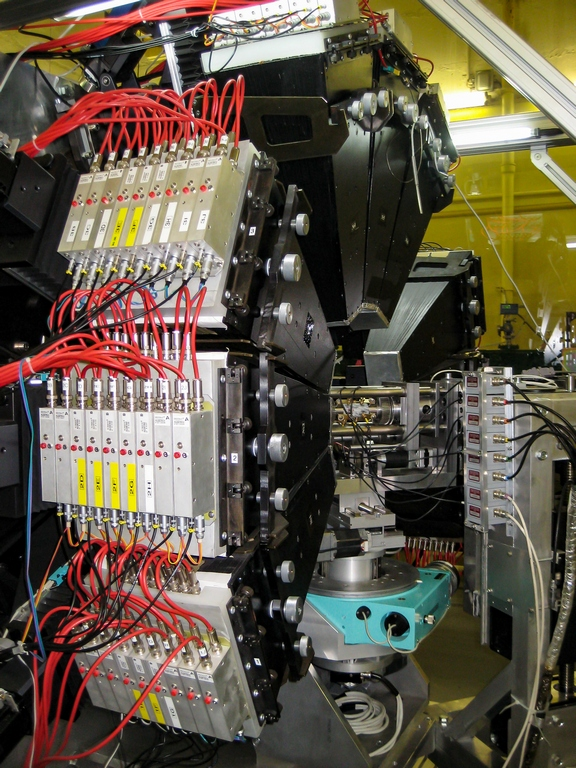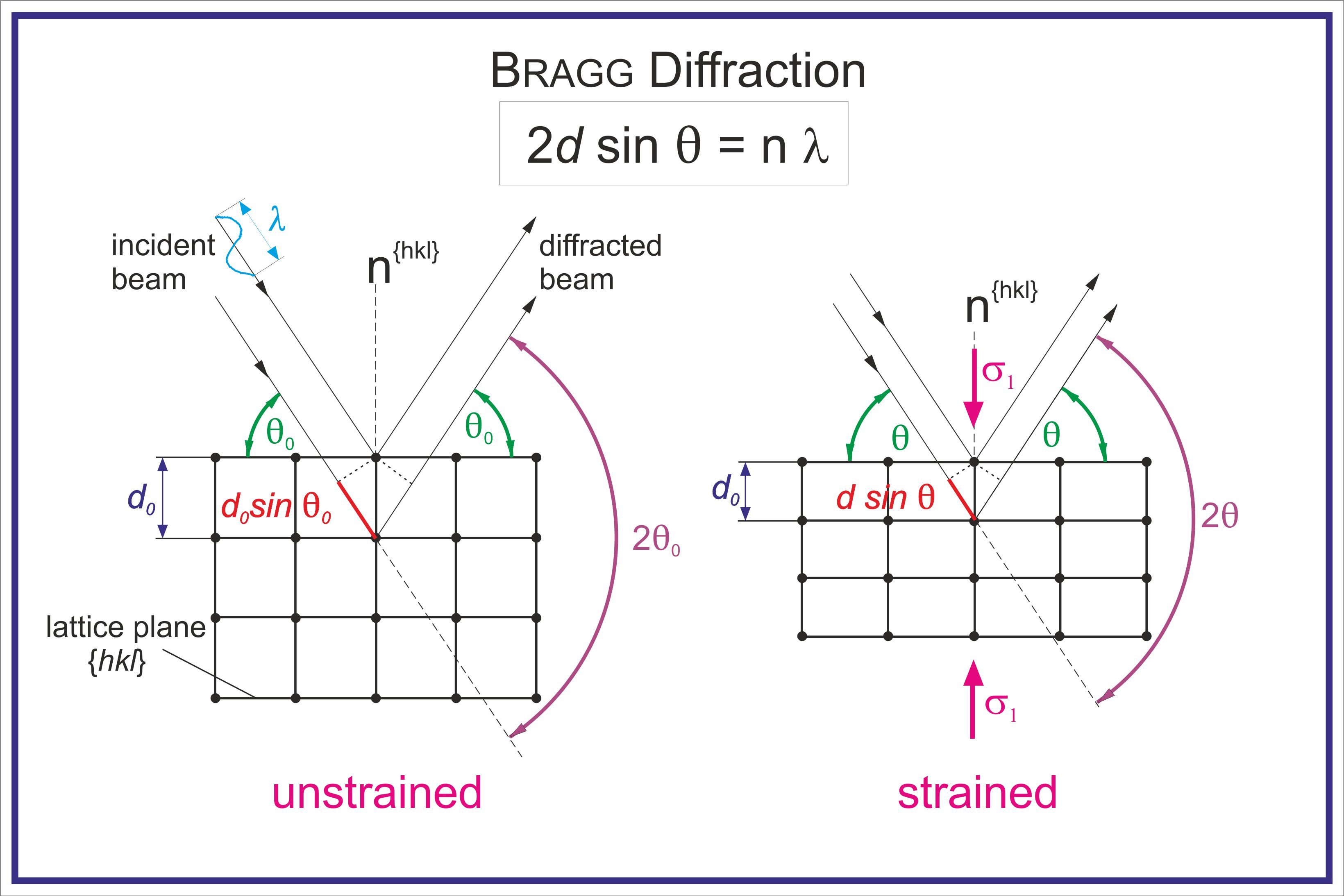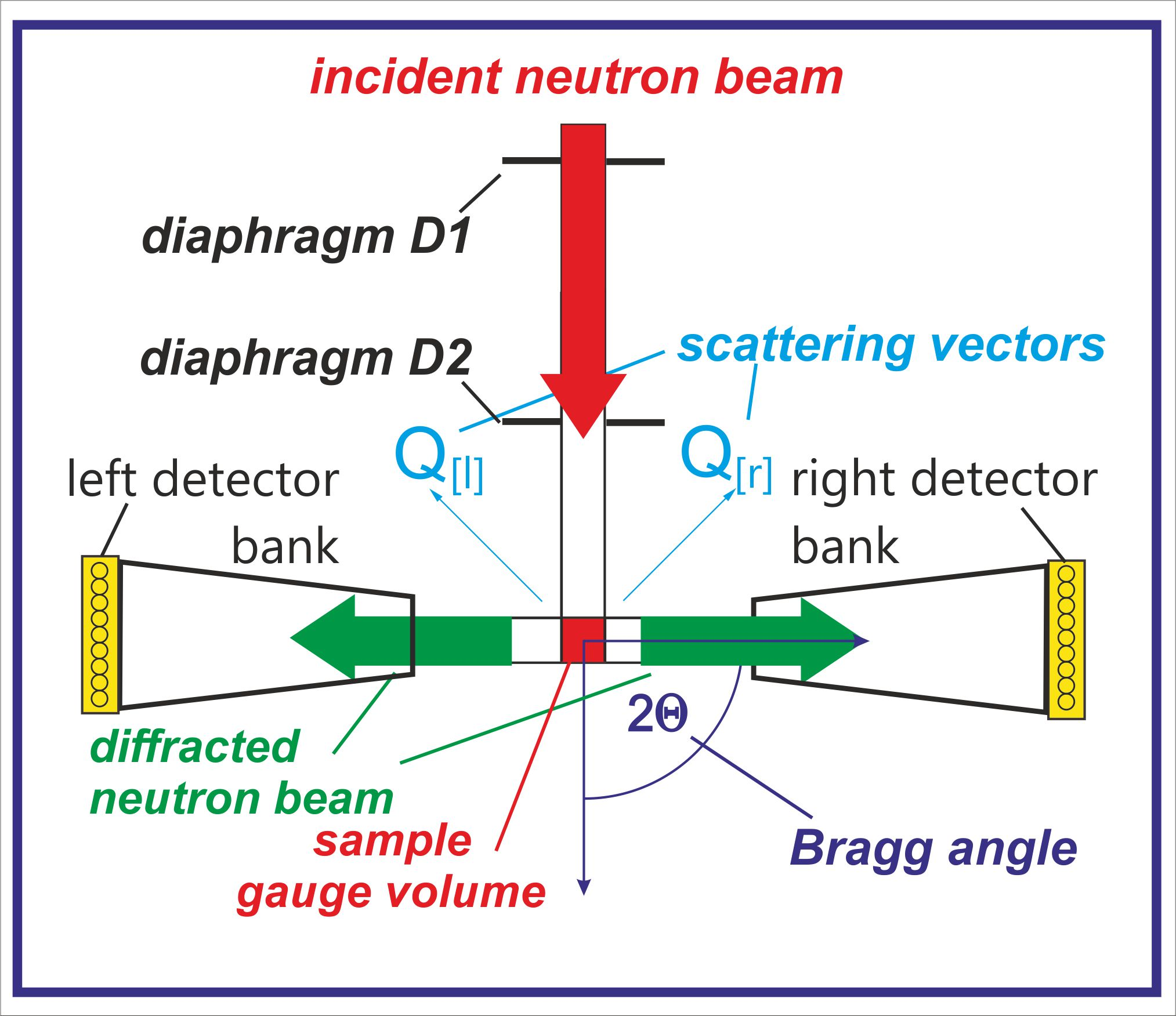Increasing of the brilliance and extension of the sample environment (triaxial cell) for the strain / stress diffractometer EPSILON (impulse reactor IBR-2M, VIK Dubna)
- Contact:
V. Sikolenko
- Funding:
Bundesministerium für Bildung und Forschung (BMBF)
- Startdate:
2019
- Enddate:
2021
 For the investigation of mechanical residual stresses in rocks, not all methods allow the description of the spatial stress state with high accuracy or a phase-specific detection of the deformation. The project aims to determine the state of stress in the crystalline lattice of the rock-forming minerals.
For the investigation of mechanical residual stresses in rocks, not all methods allow the description of the spatial stress state with high accuracy or a phase-specific detection of the deformation. The project aims to determine the state of stress in the crystalline lattice of the rock-forming minerals.
Intra-crystalline strain can be detected and described using diffraction methods. Due to the low penetration depth in the µm range, the use of X-rays is suitable for predominantly fine-grained samples with a homogeneous grain size distribution.
However, neutron diffraction offers advantages for coarse-grained and also inhomogeneous rock samples, since the penetration depth of neutrons in matter is in the mm to cm range, depending on the contained chemical elements (and thus also minerals).
This method is suitable for determining the phase-related strain in a polyphase rock sample. Both self and load voltages can be determined. The aim is to determine the intracrystalline strain depending on the externally applied load.
To address these issues, the Strain / Stress Diffractometer EPSILON (Figure) was developed to operate on a pulsed neutron source. With these pulsed neutrons, a broad neutron energy spectrum is available, so that the method is called energy-dispersive. It is therefore particularly suitable for the investigation of low-symmetry minerals in polyphase rock samples.
This project focuses on the improvement of the brilliance of the neutrons at sample position. Secondly, the improvement of the sample environment by a triaxial pressure device for the in situ -investigation of triaxial stress state in rock samples.
The operation of the EPSILON diffractometer is in close co-operation with a partner project of the University of Bonn, which is operating the neutron time-of-flight diffractometer SKAT and focuses on the investigation of crystallographic preferred orientation of mainly polycrystalline rocks.



